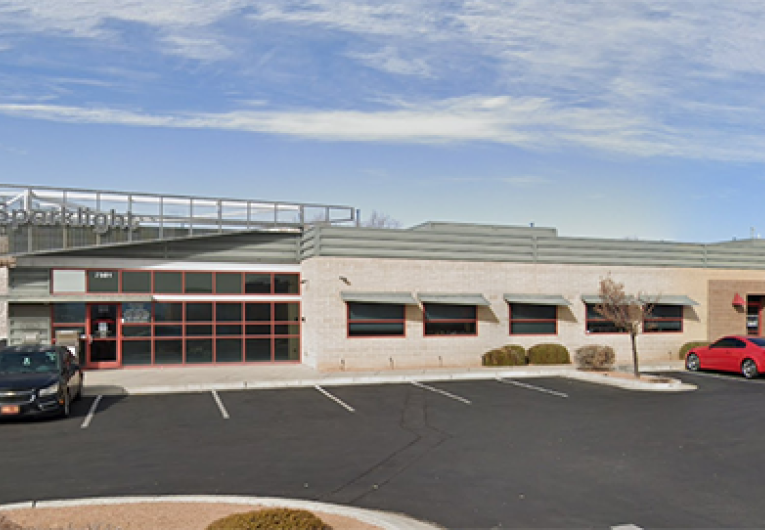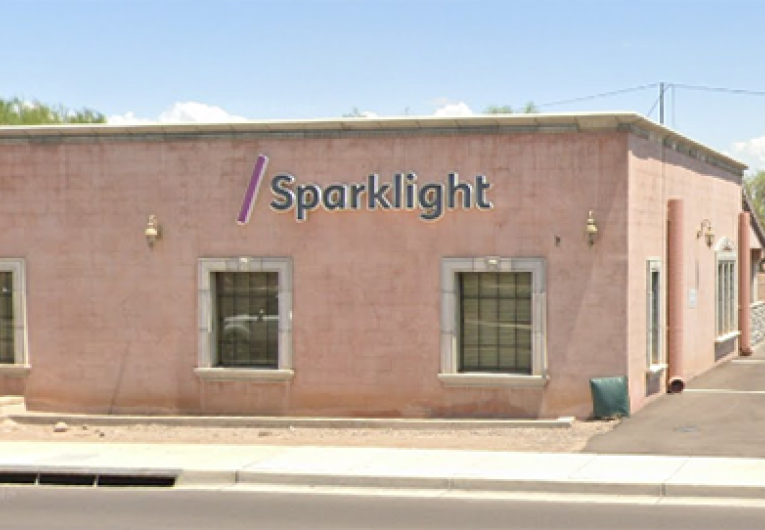
What Can Fiber Optic Networks Do for Your Small Business?
Using photons that travel at the speed of light, fiber optics is the industry standard for fast internet. Fiber Optic Networks - Single, Multi, POF? Get plain talk on what they are, and what you need.
Types of Fiber Optic Networks
Fiber optic cables are usually available as single mode, multimode and plastic optical fiber (POF). Each has its advantages and limitations.
- Single mode fiber allows one mode of light to pass through its core. Signals can travel long distances with minimal loss in quality. Single mode fiber benefits companies that require ample bandwidth or long-distance networking.
- Multimode fiber allows multiple modes of light to pass through its core. The core can transport larger amounts of data than single mode fiber, but the greater the distance the data travels, the greater the loss in quality. Multimode fiber is best for short-distance networking such as across LANs.
- POF is a highly durable and cost-effective alternative to glass fiber. It is also typically easier to install. However, POF is currently limited to speeds of 10 Gbps, making its long-term efficacy fall short to glass fiber. However, 10 Gbps is more than sufficient for even large enterprises to carry out most data-intensive tasks.
Why Choose a Fiber Optic Network?
There are many benefits to choosing a fiber optic network over traditional copper cable:
More Speed
Fiber optic technology is fast. While copper cables transmit data via electrons, fiber optic cables transmit data via photons that move close to the speed of light. When streaming video, uploading large files, or hosting a video conference, the difference in speed is undeniable. And it's not just upload and download speeds that are faster; fiber optics eliminate most of the latency that occurs with traditional cable.
Clearer Signals
Copper cables perform poorly under fluctuating temperatures, high humidity and electromagnetic interference, all of which result in slow internet and choppy signals. Fiber optic cables are constructed with glass or plastic, both of which maintain signal clarity under these conditions. The electrical resistance of a fiber optic network also means lower maintenance costs.
Greater Distance
Fiber optic cables can send data across much greater distances than copper cables with minimal loss in signal quality.
More Bandwidth
Businesses transmit more data every day, and they need the bandwidth to support it. Fiber optic networks support significantly more bandwidth than networks using copper cable.
Lower Net Cost
Setting up a fiber optic network may initially cost more than copper, but the benefits in speed, bandwidth, functionality and productivity more than make up for the difference.
More Security
Photons, used in fiber optic networks, are much more difficult to tap than electrons, used in cable networks, making a fiber optic network more secure against hackers and data thieves.
More Scalability
A phone call to your internet service provider is all you need to find out if fiber is available in your area, and if it would be a good option for your business based on your need for more capacity as your business grows.
For more information on fiber optic networks, consult with an IT specialist or contact your local business internet provider.
The trends, insights, and solutions you need to grow your business.
By signing up, you’re subscribing to our monthly email newsletter, The
Wire. You may unsubscribe at any time.
Your information stays safe with us. Learn more about our privacy
policy.











![[#MSP_NAME#] Logo](/themes/sparklight_business/images/transition-logos/migration-banner-logo-[#MSP_CD#].png)
